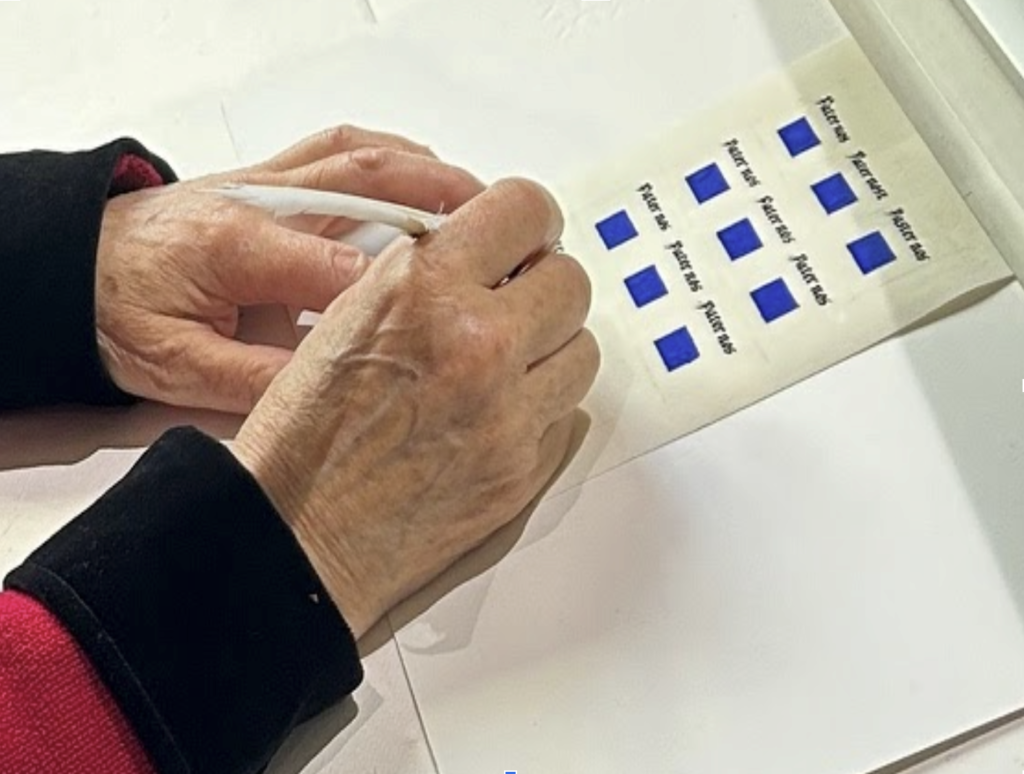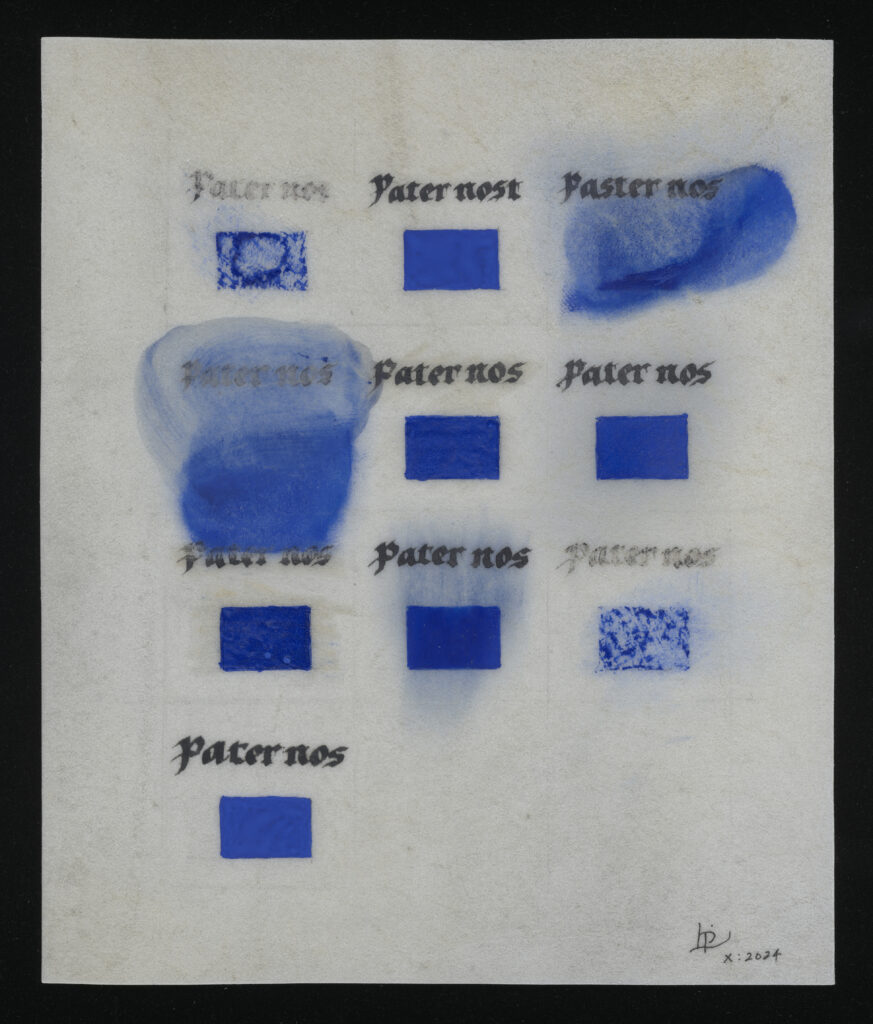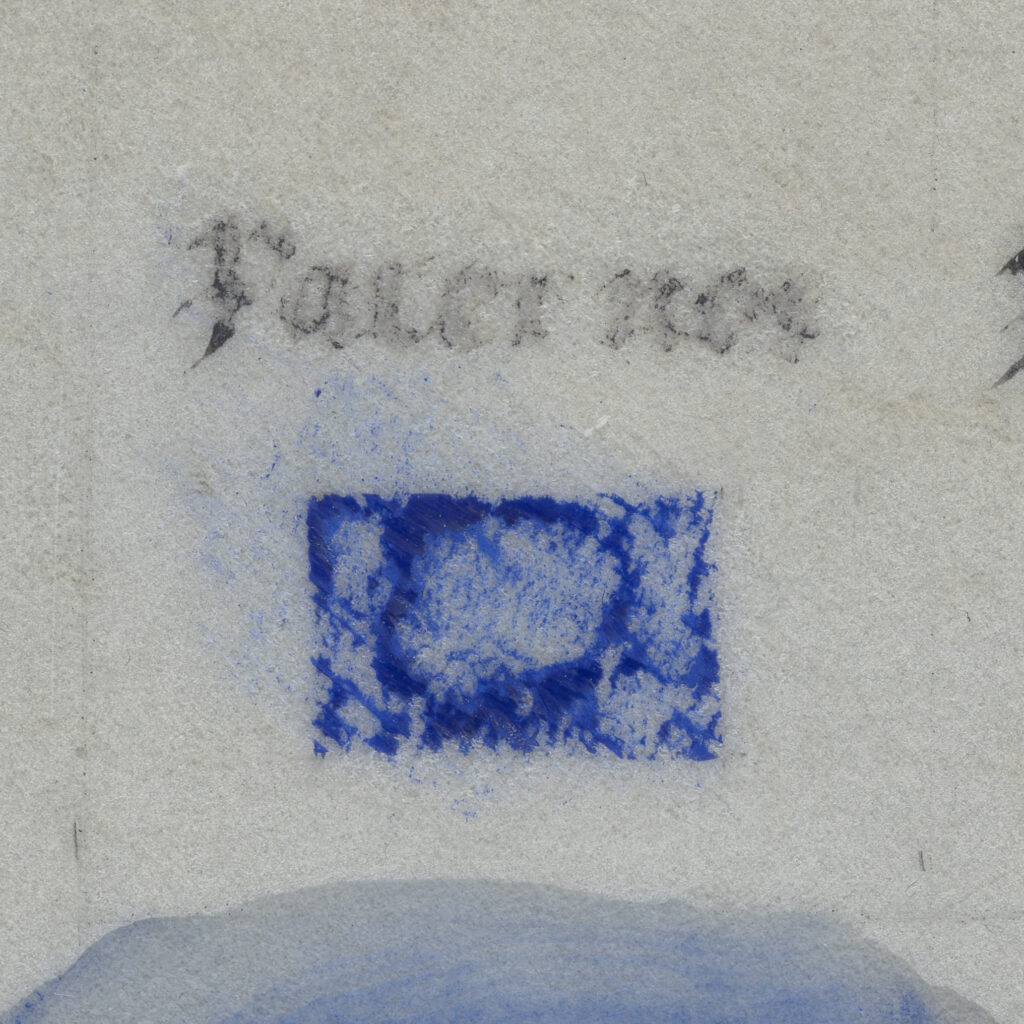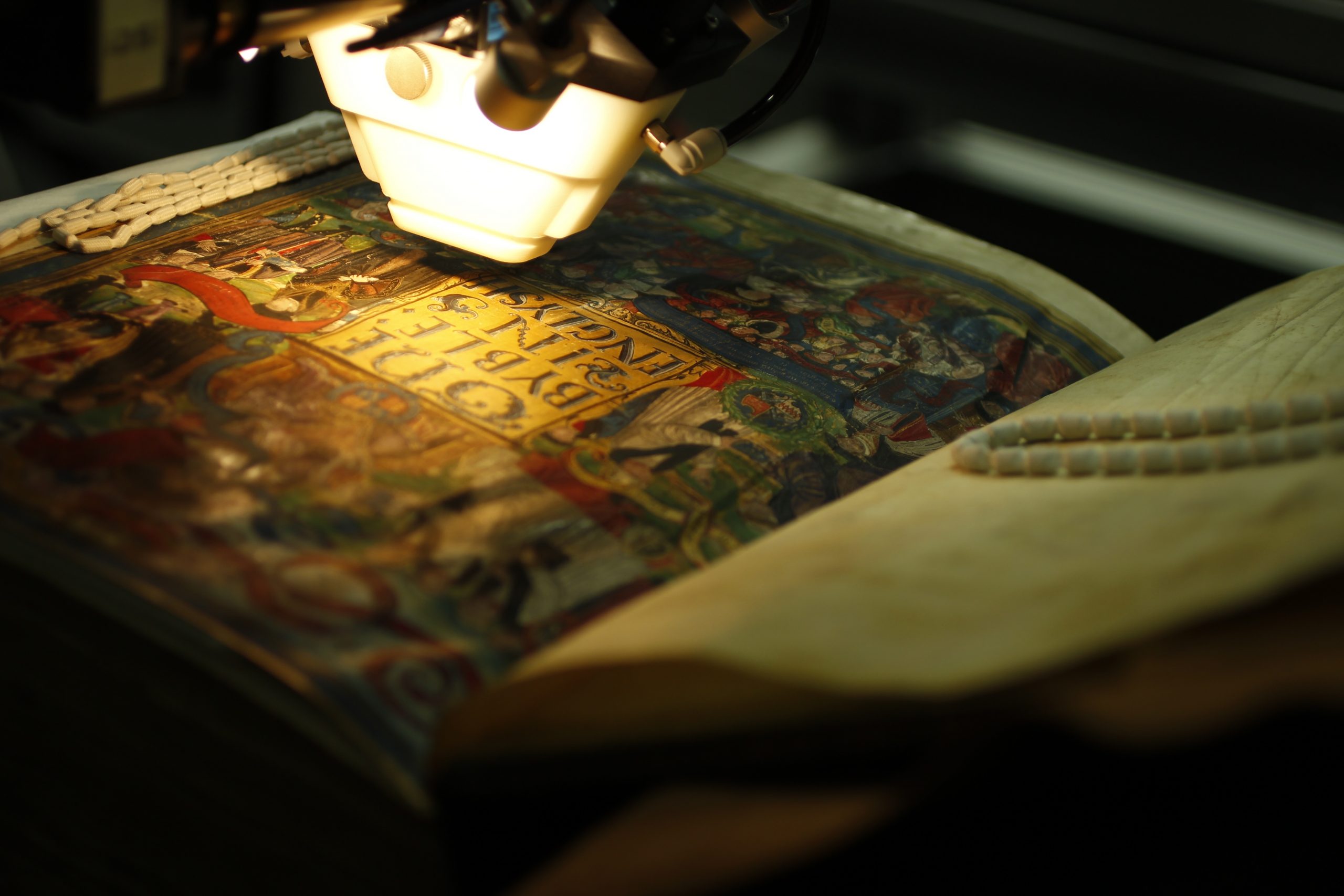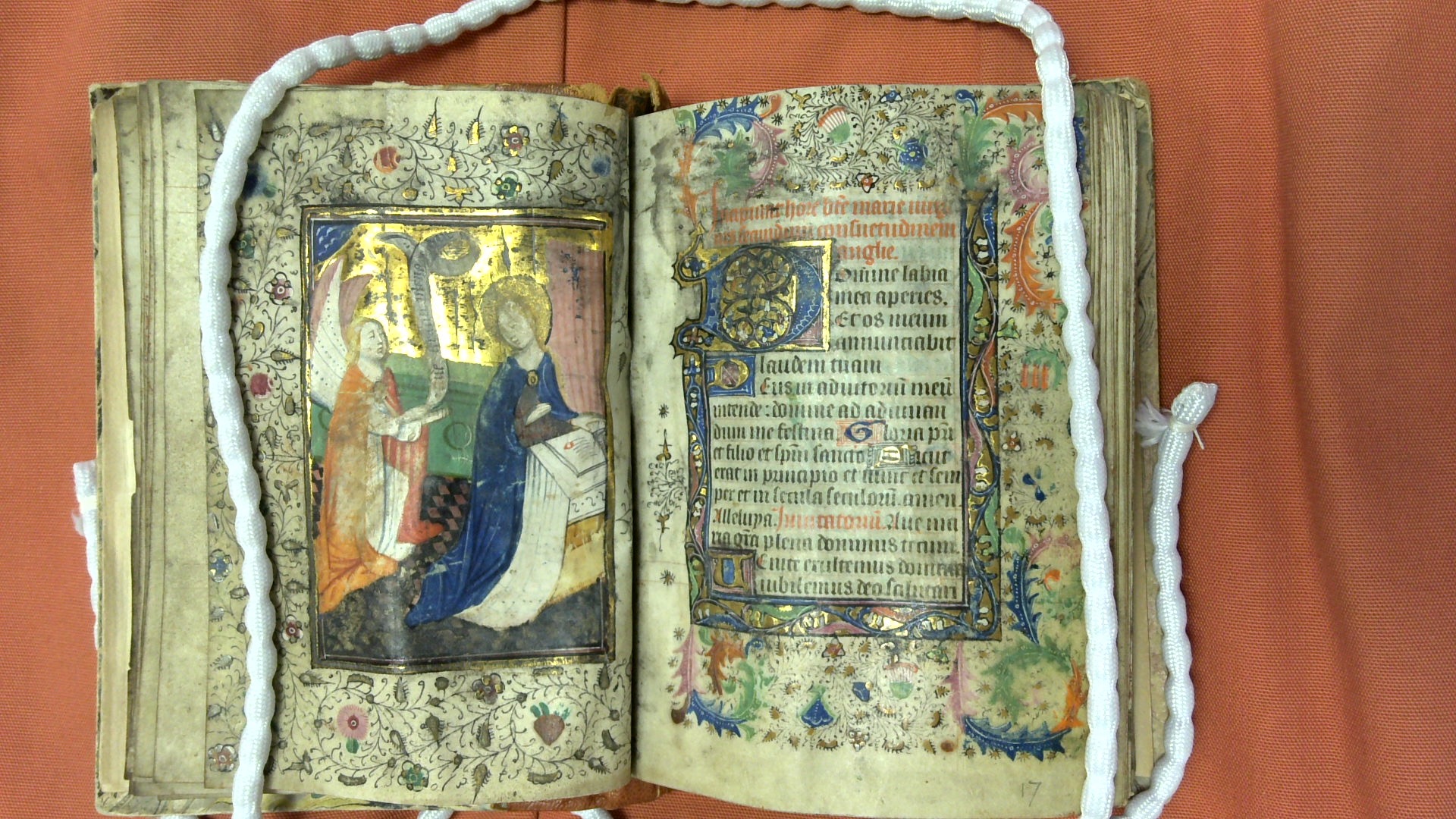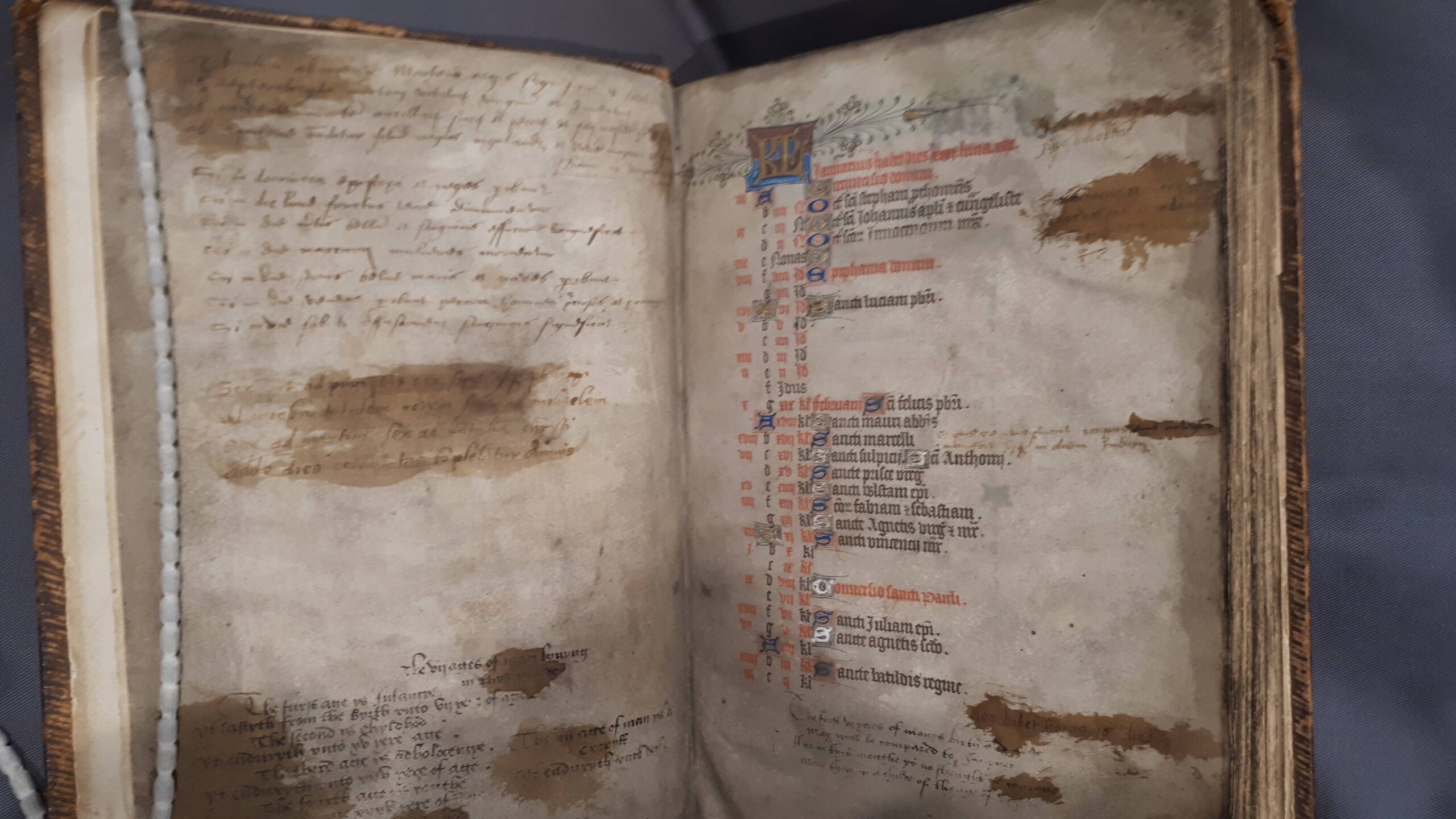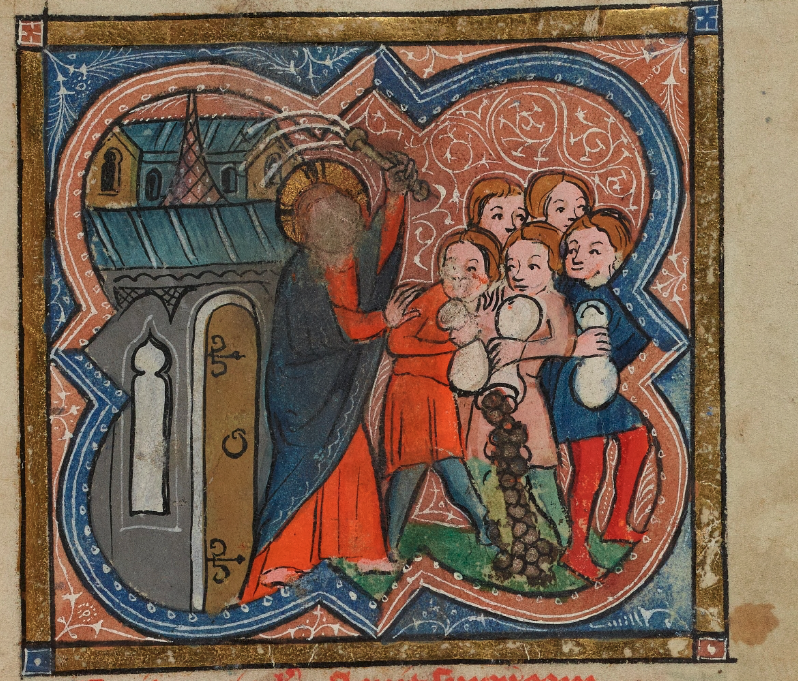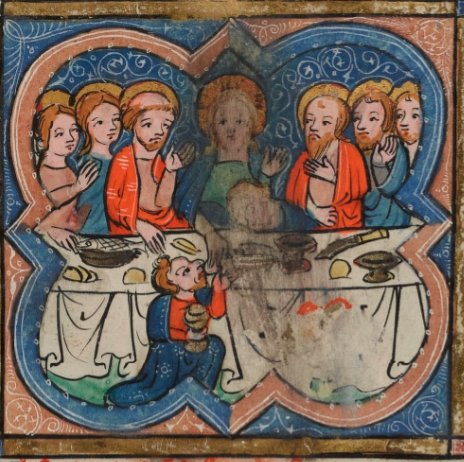
Erasures are a significant yet often overlooked phenomenon in medieval manuscripts, arising from a variety of causes, both natural and human-made. These can range from inadvertent damage due to careless handling or devotional rituals, to deliberate acts of censorship and iconoclasm. Erasures may result from a single event or multiple interactions over time, each may leave its own unique trace.
The Hidden in Plain Sight team focuses on distinguishing the different types of deliberate erasures, such as smearing and scraping. Our goal is to understand the processes behind these erasures by closely studying the textures and material remnants they leave on the parchment as ink and pigments. We use advanced techniques like digital microscopy, Reflectance Transformation Imaging (RTI), and multispectral imaging (MSI). We analyse these subtle traces to create a material taxonomy of erasures in premodern manuscripts.
Mock up
As part of the Erasures theme, our team asked the calligrapher and illuminator Patricia Lovett to create a mock up on a sheet of vellum, combining ink and pigment to enable us to investigate various erasure techniques. The page was divided into zones, with the total number of zones being twice the number of erasure types.
A conservator then applied each erasure technique twice in non-adjacent zones, without sharing the key to the different zones with the scientific team. The erasure methods being tested included: wet rubbing, dry rubbing, scraping with a blunt instrument, scraping with a sharp instrument (right-handed) and scraping with a sharp instrument (left-handed). There was also a blank parchment area (with no erasures) to serve as a control.
The scientists then employed a range of technologies to analyze the erasures and assess their material properties. This analysis will contribute to the development of a material taxonomy and offers insights into the potential uses of various technical methods, including:
RTI, OCT, Digital Microscopy and MSI.
